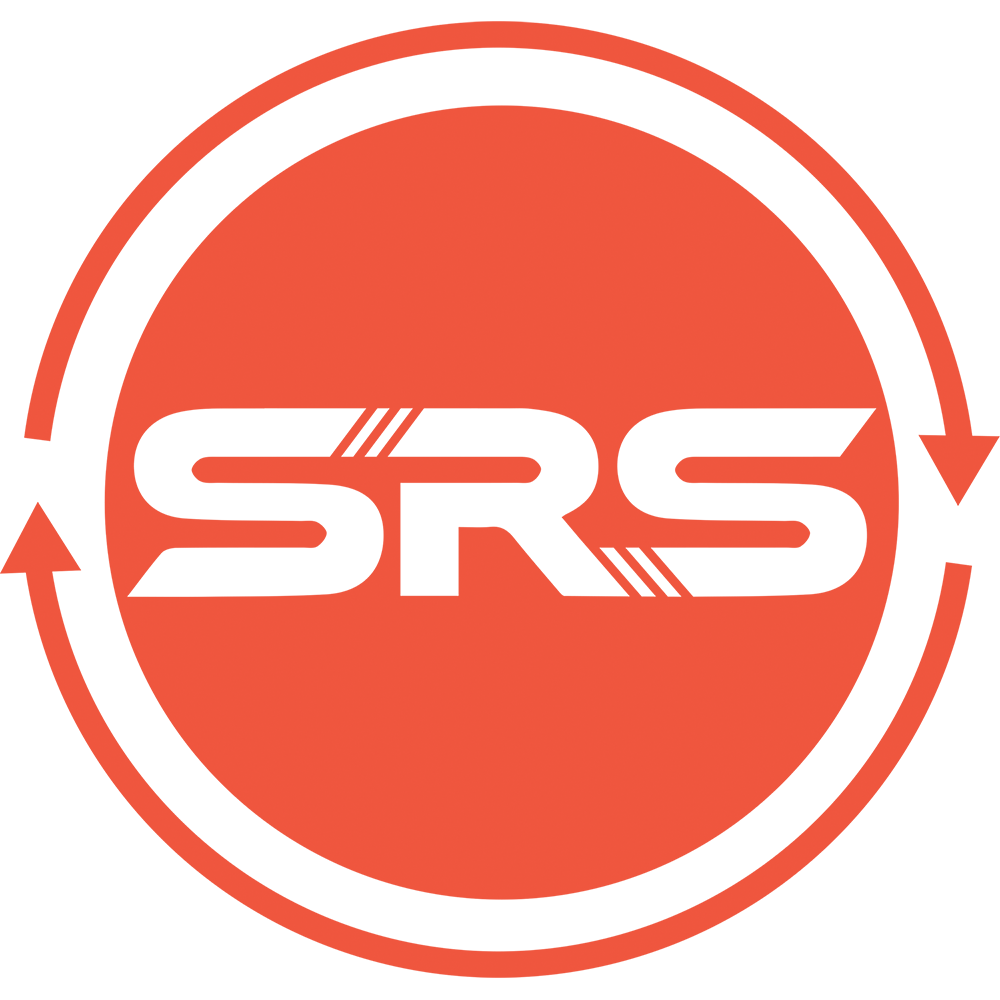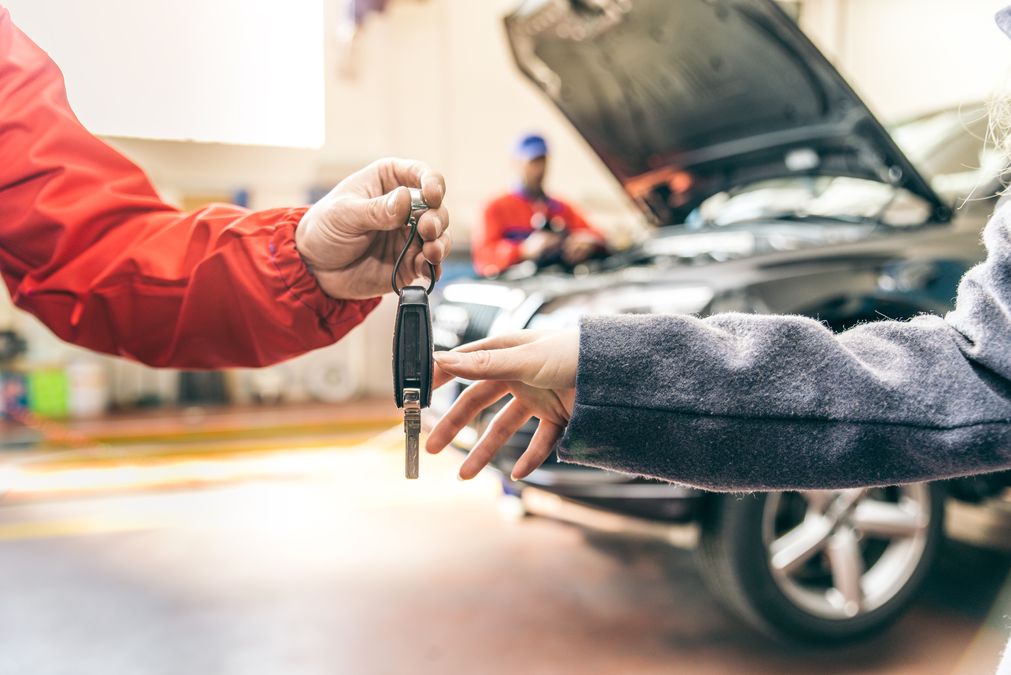Are you considering buying a new car? Why not purchase a second-hand one, especially if it is what you can afford? This option makes sense after you consider your budget.
The question is whether you should purchase a second-hand car from a dealer or a private seller. Yes, you may get a slightly better price from the latter, but you should also consider that this is a big gamble on your part. There is no statutory warranty when buying a used vehicle with private sellers.
Purchasing from a private seller may mean that the wheels are ready to fall off after five minutes of driving. In this scenario, you are out of options and out of luck.
On the other hand, if you purchase a second-hand car from a dealership, you have the option of trading in your current vehicle for the other one. That is one sweet deal because the trade-in value will become a substantial discount on your next car.
Before you scan the web for great car deals, you should finish reading this article. It is a checklist that will help you get the best value for your money.
Engine Check
Considering that you are purchasing a second-hand car, you should ensure that the engine runs smoothly and quietly when driving. You should also have no problems when it is lying idle.
Please remember to check the oil dipstick. When doing this, you want to see the nice, honey-colored oil. Unless the vehicle runs in diesel, so black is standard. Also, ask for the service book to confirm if the car is carefully maintained.
Also, check the oil filler cap. If you see a white, creamy substance, it means that you need to recheck the engine. Please remember that a dodgy engine will be more expensive in the long run because the running costs will soon add up.
Tire Check
Another part of the checklist is the tire. It includes the spare. All of them should be in good visible condition and display even wear. Tread depth should also be above minimum wear indicators.
As a tip, the condition of the tires should tell you the overall condition of the car’s suspension. Excessive wear on one shoulder of a tire may signify that the vehicle is out of alignment.
Lights Check
Now that you have the engine and the tires checked, it is time to inspect the lights. The taillights, indicators, number plate lights, park lights, and reverse lights should be in working order. When you take it for a test drive, you should see if the warning lights on the instrument panel are not lit.
If you notice that the lights are not working, you should ask the seller (may it be a dealer or a private individual) to replace them. Doing this will help you verify if it is not an electrical or wiring fault.
Conclusion
Buying a second-hand car comes with a lot of risks. With that said, you would be in a better place if you have a checklist to go through before making the deal. Doing this will ensure that you get good value for your money.
If you have recently bought a second-hand car, you should reach out to SRS Restore. We will help you check the seatbelts, especially since they play a vital role in your safety. Call us now!

